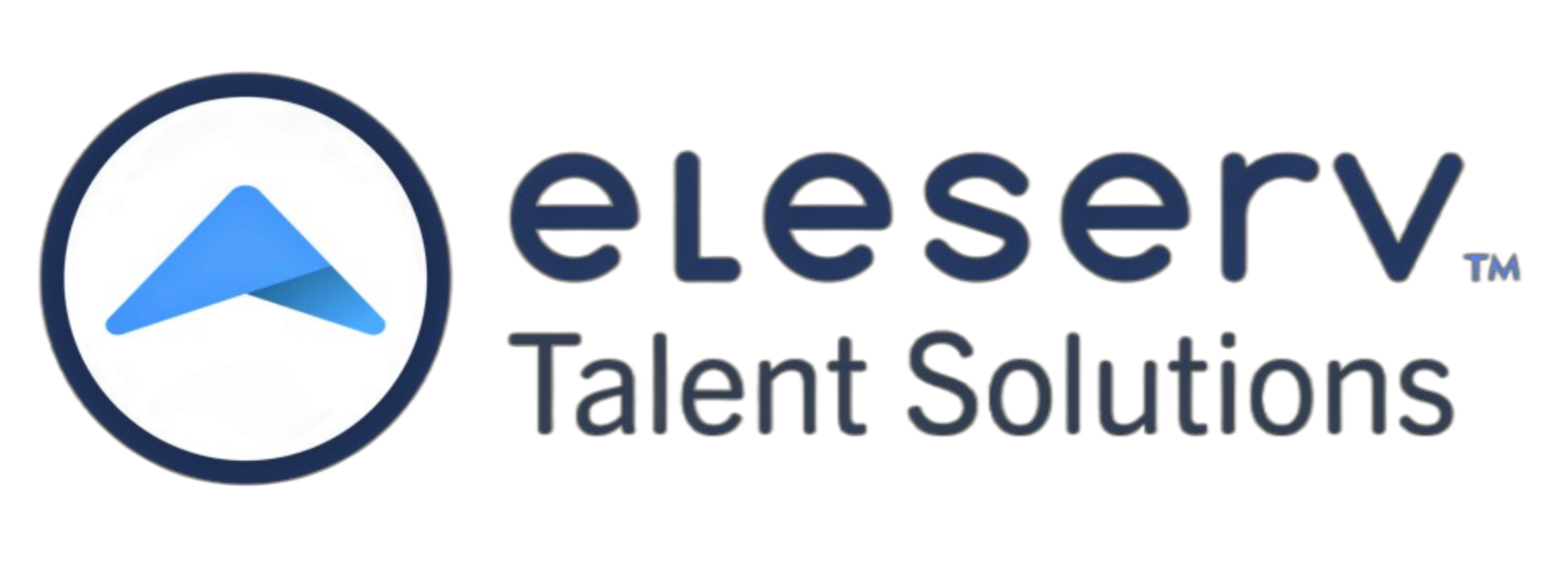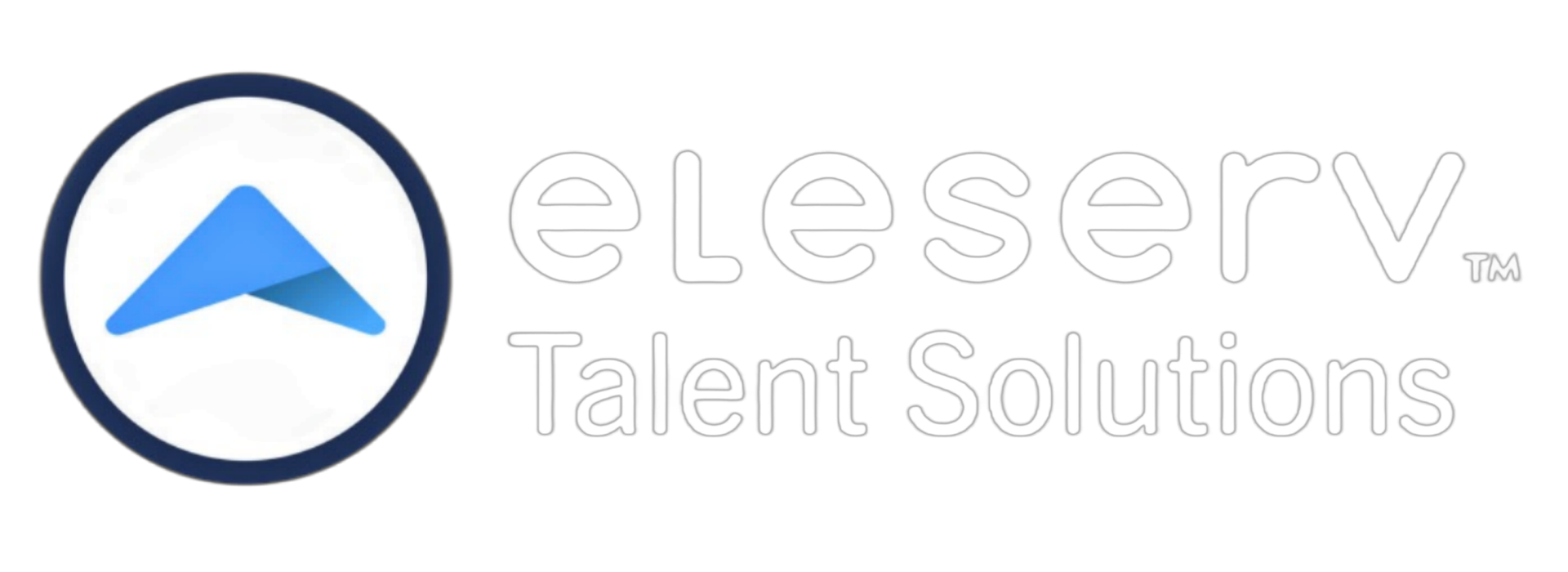Build vs. Buy: Which is Better?
Organizations often face challenges in filling talent gaps within their workforce. These talent gaps may arise due to a variety of reasons such as changing business needs, technological advancements, or employees leaving the organization. Many organizations tend to rely on external recruitment to fill these talent gaps, but this can be very costly and time-consuming.
In contrast, developing internal talent to address these gaps has numerous benefits and is a much more cost-effective solution for organizations. In this blog, we will investigate why investing in internal talent development should be the preferred approach for addressing talent gaps within an organization.
Business Needs are continuously evolving
The business landscape is constantly changing, and organizations need to adapt quickly to stay competitive. This means that the skill requirements of employees are also changing rapidly. In such a scenario, relying solely on external recruitment becomes challenging as it takes time to find the right candidate with the necessary skills.
On the other hand, developing internal talent allows organizations to be proactive and keep up with the changing business needs by continuously upskilling and reskilling their existing workforce. This not only helps in addressing current talent gaps but also prepares employees for future roles and responsibilities within the organization.
Recruiting new employees externally can be an expensive process for organizations. They not only have to incur costs related to job postings, background checks, interviews, and other expenses but also have to offer competitive salaries and benefits to attract top talent.
The cost of having a strong development program to upskill and reskill employees pales in comparison to the cost of hiring a new employee, which according to the Department of Labor averages around 1.5 to 3 times the employee’s annual salary. This includes expenses such as recruitment, onboarding, training, and benefits. While there are costs in implementing a strong talent development plan, investing in internal talent development helps organizations save significantly recruitment costs but also fosters a culture of continuous learning and growth within the company.
Employees stay longer in a built workforce
Developing internal talent shows a commitment from the organization to invest in its employees' growth and development. This can lead to improved employee morale as they feel valued and see opportunities for career progression within the company.
Moreover, when employees see that their employer is willing to invest in their skills and provide them with new challenges, they are more likely to stay loyal to the organization. This reduces employee turnover rates, saving organizations both time and money spent on recruiting and training new employees.
It is estimated that organizations that focus solely on recruiting externally will experience a 30-50% higher turnover rate vs. organizations who have a focus on developing from within.
When organizations rely solely on external recruitment, there is a risk of losing institutional knowledge as new hires may not be familiar with the company's culture, processes, or systems. Employees recruited externally will take longer to ramp-up taking valuable time and resources that could be used elsewhere. This results in lost productivity.
By investing in internal talent development, organizations can experience significant savings. Since they are already familiar with the organization’s culture and processes, existing employees require less time and resources for training. This results in cost savings for the organization in the long run.
Building employees boosts morale
When employees see that their organization is invested in their growth and development, it can boost their morale and motivation. This leads to increased job satisfaction and employee retention within the organization. On the other hand, relying solely on external recruitment can create a sense of job insecurity among existing employees who may fear being replaced by new hires. This can lead to a decrease in morale and productivity, negatively impacting the organization's overall performance.
Where do you Start? – If your organization’s focus has primarily been focused on recruiting from within, how do you get started putting together a plan to develop from within. A strong skills inventory and gap analysis is the key to having a strong talent development plan. Check out or Upskilling and Reskilling solutions HERE to begin this process.
The bottom line is, developing internal talent to address talent gaps within an organization is a more efficient and cost-effective approach compared to external recruitment. It not only helps organizations save significantly on recruitment costs but also leads to improved employee retention, increased job satisfaction, and a culture of continuous learning and growth. In today’s competitive, evolving market, investing in internal talent development is crucial for organizations to stay competitive and future. So, is it time to shift your organization’s focus towards developing internal talent rather than solely relying on external recruitment.


